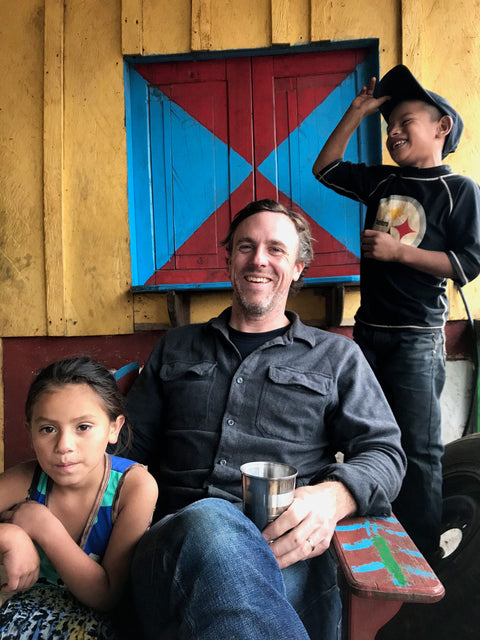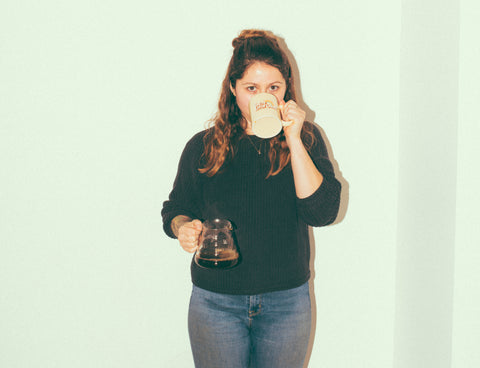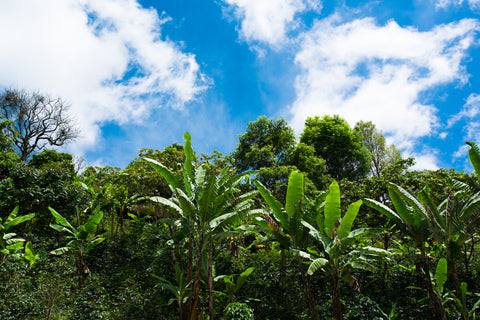The experiments were a success!
I traveled to Nicaragua with Seth and Stephen last week. We left Richmond early Thursday morning and landed back in Richmond just before midnight on Sunday. I honestly think we worked every minute we were awake. These trips are not easy on any of us physically, but they continue to shape our understanding of coffee and the ways we understand humanity.
The main purpose of the trip was to begin the evaluation process of the fermentation experiments conducted in December. The standard for evaluating a coffee is a process called cupping - a formulaic way of observing a coffee's quality by sight, smell, taste, and the way it feels on the palate. Cupping coffee gives us an overall impression of its quality, characteristics, and at the end, a score (out of 100) that helps us determine the value and viability of that particular coffee.
There were 16 experimental coffees and 4 traditional washed coffees from the current harvest ready for us to cup and evaluate. The experimental coffees all had different strains of yeast applied during the fermentation stage. Last Friday, our first full day in Nicaragua, we did two full cuppings at the dry mill outside of Matagalpa. The first cupping of the day was the most unique cupping of my coffee career. The flavors on the table started very juicy and fruity, transitioned to pickled mushrooms/sour nougat, and then to nutty Brazilian coffee flavors, finally ending with peaches. After the first pass, I sighed with relief because I knew that we had affected positive change by adding the yeasts.
The highlight of the trip was cupping on the farm with Mayela and Javier, the farm and field managers of Finca San Jose. Javier had never cupped before, and within minutes, he was noting flavors based off of farm sectors and ages of the trees. We learned so much more about the coffee by cupping it with the folks responsible for growing it. It truly felt like everything had come full circle.
This year’s harvest will be wrapping up soon, but signs of next year’s harvest are literally blooming as tiny buds have already appeared on some trees. We will continue to cup the experiments over the next several months. Our hope is to identify one yeast and process that can be implemented next year into full production.
Once again, we wait. We wait for the current harvest to rest, get packed in a container, placed on a boat, and shipped to us. We wait to cup the experiments again and again. Mostly, we wait for our next trip. As we were leaving Nicaragua last week, we were able to buy school supplies for all the children who attend the school on the farm. The supplies were an easy purchase, but there is so much more to do. The construction of new kitchen that we and many friends supported financially was paused during the harvest. When completed, the new kitchen will be a cornerstone of the farm and provide more than just a visible sign of progress; it will elevate the nourishment of close to 100 people. We wait eagerly for the first meal to be prepared in it. We hope to coordinate a medical missions trip to the clinic near the farm in the coming year. We plan; we wait. Stay tuned and please let us know if you want to help.
We will write more “scientifically” about the experiment and the results in the coming weeks.





